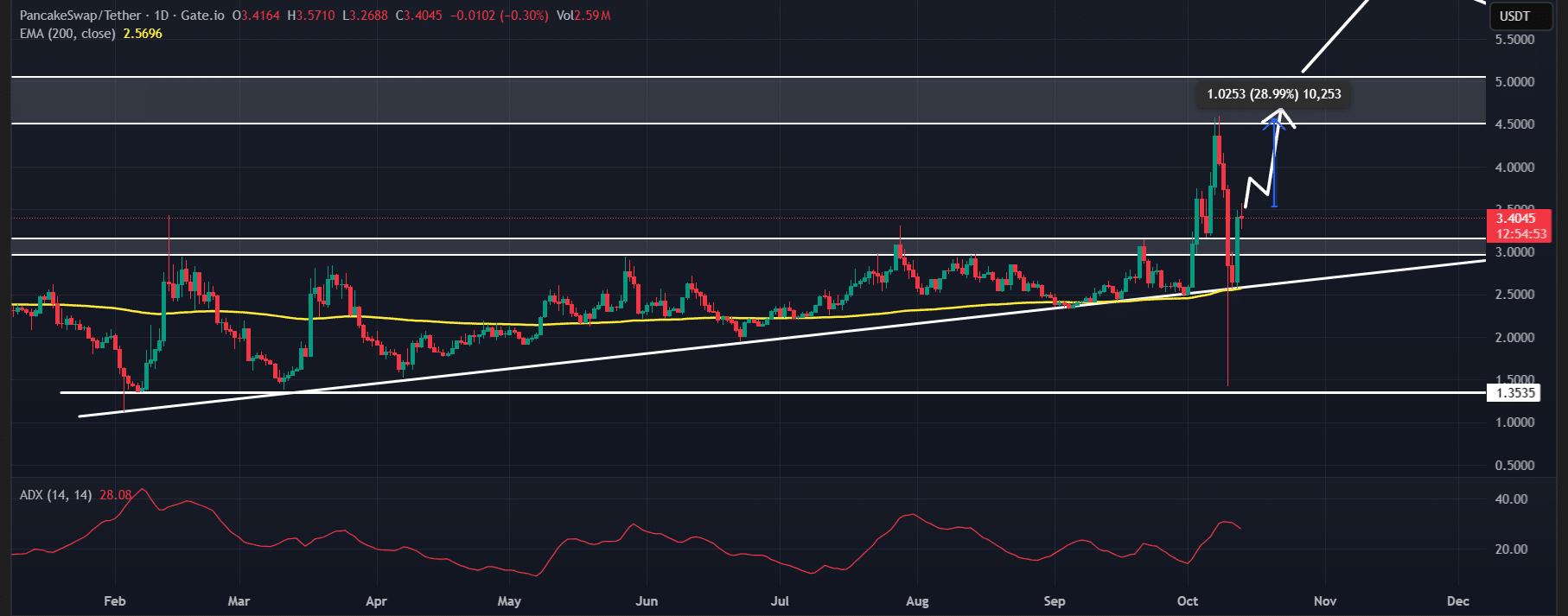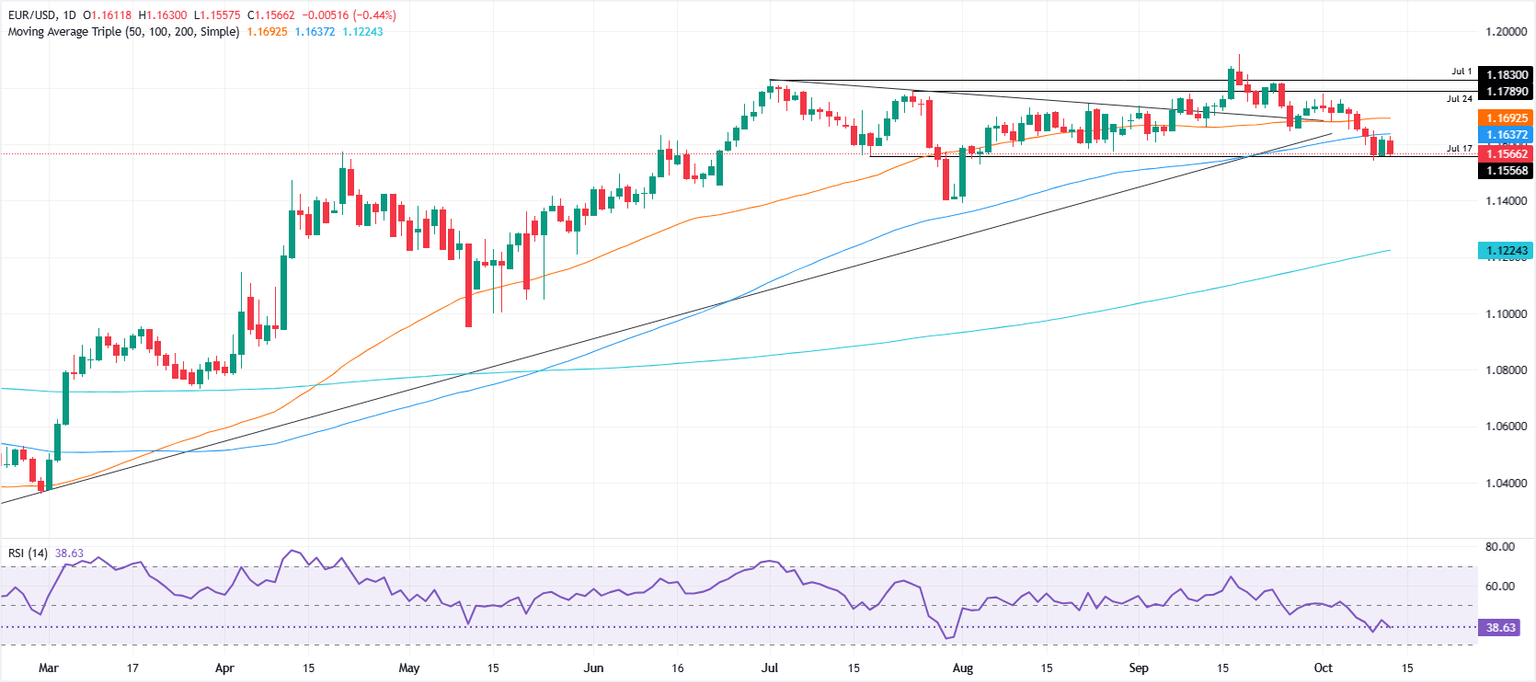USD/INR Surges: What the Imminent US Tariffs on India Could Mean for Your Wallet and Global Markets!
Ever wonder what it feels like when the Indian Rupee takes a nosedive and unleashes a ripple effect across markets and currencies? Well, buckle up, because the INR has just slid to an over two-week low near 87.95 against the US Dollar, and it’s not just a simple currency drop. This plunge is being fueled by the US slapping a hefty 50% tariff on Indian exports, effective Wednesday—talk about a game changer! On top of that, the removal of Fed Governor Lisa Cook by President Trump has stirred the pot further, casting shadows on the Federal Reserve’s independence and shaking dollar dynamics. These twists aren’t just numbers on a screen; they signal seismic shifts that affect trade, investments, and the future of market confidence. Curious to see how this all unfolds and what it means for investors and entrepreneurs alike? Dive deeper and get the full story here: LEARN MORE.

- The Indian Rupee slides to an over two-week low of around 87.95 against the US Dollar.
- Indian exports to the US are set to face 50% tariffs from Wednesday.
- The removal of Fed’s Cook by US President Trump has dampened its independence.
The Indian Rupee (INR) declines to an over two-week low of around 87.95 against the US Dollar (USD) on Tuesday. The USD/INR pair extends its upside as the Indian Rupee faces selling pressure due to looming tariffs imposed by the United States (US) on imports from India, which will come into effect on Wednesday.
US Homeland Security confirmed in early trade on Tuesday that Washington will impose an additional 25% tariff on all Indian-origin goods from Wednesday, Reuters reported. The agency added that the new duties will apply to goods entering the U.S. for consumption or withdrawn from a warehouse for consumption from 12:01 AM EDT on Wednesday or 9:31 PM IST.
The imports from New Delhi to Washington are facing one of the highest tariffs among US trading partners for buying Oil from Russia. US President Donald Trump warned India that he would penalize India by increasing additional duties if it continued to buy Russian Oil. Trump increased reciprocal tariffs on India to 50%.
The imposition of higher levies on Indian exports to the US has dampened the competitiveness of Indian products in the global market. The impact of looming tariffs is also visible on Indian equity markets, which have fallen like a house of cards right from the first tick on Tuesday. At the time of writing, Nifty50 is down 0.75% to near 24,770.
Additionally, the continuous outflow of foreign investment in the Indian stock market has also battered the Indian Rupee. So far in August, Foreign Institutional Investors (FIIs) have sold Indian equities worth Rs. 28,217.26 crores. FIIs also remained net sellers in Indian equity markets in July and pared stake worth Rs. 47,666.68 crores.
Meanwhile, the Reserve Bank of India (RBI) is reportedly selling dollars via state-run banks to stabilize the rupee, Reuters reported.
The table below shows the percentage change of Indian Rupee (INR) against listed major currencies today. Indian Rupee was the weakest against the US Dollar.
| USD | EUR | GBP | JPY | CAD | AUD | INR | CHF | |
|---|---|---|---|---|---|---|---|---|
| USD | 0.06% | 0.04% | -0.09% | 0.04% | 0.15% | 0.16% | 0.20% | |
| EUR | -0.06% | 0.06% | -0.02% | -0.01% | 0.14% | 0.05% | 0.17% | |
| GBP | -0.04% | -0.06% | -0.08% | -0.04% | 0.15% | 0.08% | 0.12% | |
| JPY | 0.09% | 0.02% | 0.08% | 0.05% | 0.11% | 0.14% | 0.08% | |
| CAD | -0.04% | 0.01% | 0.04% | -0.05% | 0.13% | 0.15% | 0.02% | |
| AUD | -0.15% | -0.14% | -0.15% | -0.11% | -0.13% | 0.01% | -0.11% | |
| INR | -0.16% | -0.05% | -0.08% | -0.14% | -0.15% | -0.01% | 0.05% | |
| CHF | -0.20% | -0.17% | -0.12% | -0.08% | -0.02% | 0.11% | -0.05% |
The heat map shows percentage changes of major currencies against each other. The base currency is picked from the left column, while the quote currency is picked from the top row. For example, if you pick the Indian Rupee from the left column and move along the horizontal line to the US Dollar, the percentage change displayed in the box will represent INR (base)/USD (quote).
Daily digest market movers: Indian Rupee weakens against US Dollar
- The USD/INR pair gains on weakness in the Indian Rupee. The US Dollar trades braodly flat on Tuesday as US President Trump has fired Federal Reserve (Fed) Governor Lisa Cook over mortgage allegations.
- Last week, US President Trump called Fed Governor Cook to resign after his political allies accused her of holding mortgages in Michigan and Georgia. In response, Cook stated that she had “no intention of being bullied to step down” from her position at the central bank, Wall Street Journal (WSJ) reported.
- Market experts are seeing the ousting of Fed’s Cook as a serious attack by President Trump on Fed’s independence, which is an autonomous body whose decisions are independent of political influence.
- “The move is another example of concerns over the Fed’s independence weighing on the dollar and has implications for the potential make-up of the FOMC going forward, which could see more dovish-leaning members. That adds to rate-cut prospects and a softer dollar outlook,” analysts at OCBC said, Reuters reported.
- For a decent period of time, US Trump also threatened to fire Fed Chair Jerome Powell for not lowering interest rates. However, Trump praised Powell after the Jackson Hole Symposium on Friday, in which the latter surprisingly delivered a dovish stance on the interest rate outlook.
- On Friday, Fed’s Powell argued that there is a need to adjust policy rates as labor market concerns have escalated. Powell’s dovish remarks intensified market expectations for an interest rate cut in the September policy meeting, however, he didn’t explicitly endorse a rate cut move for next month.
- For fresh cues on the monetary policy outlook, investors await US Personal Consumption Expenditure Price Index (PCE) data for July, which is scheduled to be released on Friday.
Technical Analysis: USD/INR aims to break above 88.00
The USD/INR pair reclaims the two-week high of around 87.95 on Tuesday. The near-term trend of the pair remains bullish as it holds above the 20-day Exponential Moving Average (EMA), which trades near 8742.
The 14-day Relative Strength Index (RSI) rises above 60.00. A fresh bullish momentum would emerge if the RSI holds above that level.
Looking down, the July 28 low around 86.55 will act as key support for the major. On the upside, the August 5 high around 88.25 will be a critical hurdle for the pair.
Tariffs FAQs
Tariffs are customs duties levied on certain merchandise imports or a category of products. Tariffs are designed to help local producers and manufacturers be more competitive in the market by providing a price advantage over similar goods that can be imported. Tariffs are widely used as tools of protectionism, along with trade barriers and import quotas.
Although tariffs and taxes both generate government revenue to fund public goods and services, they have several distinctions. Tariffs are prepaid at the port of entry, while taxes are paid at the time of purchase. Taxes are imposed on individual taxpayers and businesses, while tariffs are paid by importers.
There are two schools of thought among economists regarding the usage of tariffs. While some argue that tariffs are necessary to protect domestic industries and address trade imbalances, others see them as a harmful tool that could potentially drive prices higher over the long term and lead to a damaging trade war by encouraging tit-for-tat tariffs.
During the run-up to the presidential election in November 2024, Donald Trump made it clear that he intends to use tariffs to support the US economy and American producers. In 2024, Mexico, China and Canada accounted for 42% of total US imports. In this period, Mexico stood out as the top exporter with $466.6 billion, according to the US Census Bureau. Hence, Trump wants to focus on these three nations when imposing tariffs. He also plans to use the revenue generated through tariffs to lower personal income taxes.




















Post Comment